Understanding the Importance of a Sofa Cover
Why Protecting Your Sofa Matters
A sofa is often the centerpiece of a living room, providing both comfort and style. However, it is also susceptible to wear and tear, spills, and stains. Protecting your sofa with a high-quality sofa cover can significantly extend its lifespan. A cover acts as a shield, guarding against accidental spills, pet hair, and daily dust. Additionally, it helps in maintaining the aesthetic appeal of your furniture by preventing discoloration and fading caused by sunlight. Investing in a good sofa cover is a proactive measure that can save you from costly repairs or replacements in the long run.
Benefits of Using a Sofa Cover
Sofa covers offer a multitude of benefits beyond just protection. They are available in various materials, colors, and patterns, allowing you to refresh the look of your sofa without purchasing a new one. This can be especially advantageous if you want to update your décor or if you have a sofa that has seen better days. Moreover, many sofa covers are removable and washable, making them easy to clean and maintain. This convenience is particularly beneficial for households with children and pets, where spills and stains are more common.
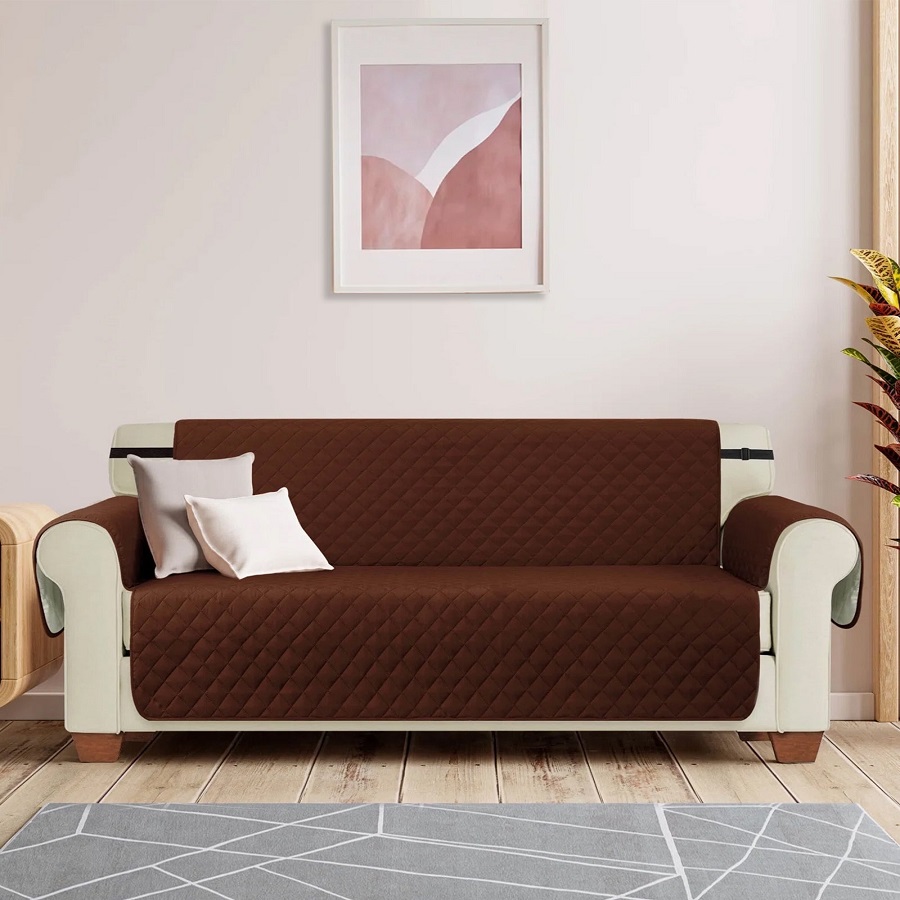
Choosing the Right Sofa Cover
Types of Sofa Covers
When selecting a sofa cover, it’s crucial to understand the different types available. Slipcovers, for instance, are designed to fit over your sofa like a fitted sheet, providing a snug fit and easy removal. They are ideal for protecting against everyday wear and tear. On the other hand, stretch covers are made from elastic materials that conform to the shape of your sofa, offering a tailored appearance. For those seeking a more luxurious feel, there are also upholstered covers that add a layer of padding and comfort. Each type has its pros and cons, so consider your needs and preferences when making a decision.
Measuring Your Sofa for the Perfect Fit
To ensure you select the perfect sofa cover, accurate measurements are essential. Start by measuring the length of your sofa from arm to arm, and then measure the height from the top of the backrest to the floor. Don’t forget to measure the depth of the seat and the height of the arms if applicable. It’s also a good idea to measure the distance between the legs to ensure the cover fits snugly. Many sofa covers come with sizing guides or charts that can help you choose the right size based on these measurements. Taking precise measurements will help you avoid the frustration of dealing with ill-fitting covers.
Material Considerations
Different Fabric Options
Sofa covers come in a variety of materials, each offering unique properties and benefits. Cotton is a popular choice for its breathability and softness, making it comfortable for everyday use. Polyester and microfiber are known for their durability and stain resistance, making them ideal for homes with pets or children. Velvet and chenille offer a luxurious look and feel, though they may require more maintenance. When choosing a fabric, consider factors such as ease of cleaning, comfort, and how well the material complements your existing décor.
Durability and Maintenance
The durability of a sofa cover is crucial, especially if it will be subjected to heavy use. Fabrics like polyester and microfiber tend to be more resilient and easier to maintain compared to natural fibers like cotton. Consider how often you will need to wash the cover and whether the material is machine washable or requires special care. Additionally, look for covers with reinforced stitching or double layers, which can enhance durability and prolong the life of the cover. Choosing a cover with high durability will ensure that it continues to provide effective protection over time.
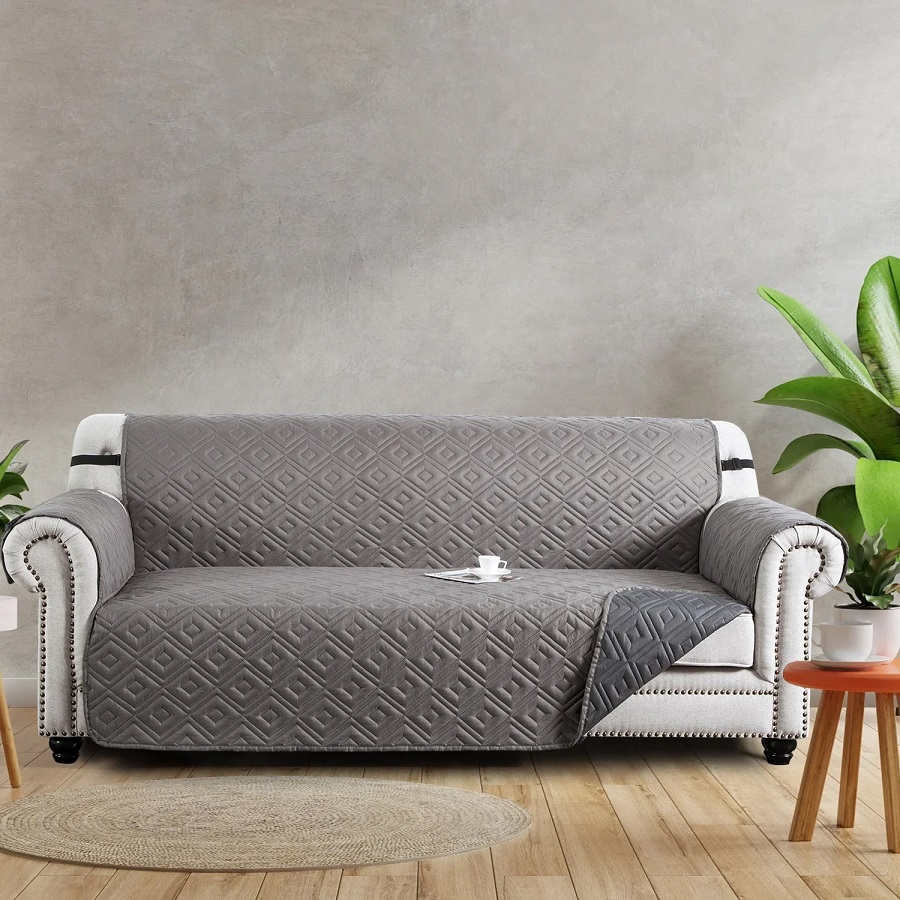
Installation Tips
How to Properly Install a Sofa Cover
Installing a sofa cover can be a straightforward process if done correctly. Start by draping the cover over your sofa, ensuring that it is aligned with the arms and backrests. Smooth out any wrinkles or creases by tucking the fabric into the cushions and seams. For a more secure fit, consider using foam or elastic straps to hold the cover in place. Some covers come with adjustable straps or hooks that can be fastened under the sofa to prevent shifting. Take your time to adjust the cover and ensure that it fits snugly for a polished look.
Securing the Cover for Long-Term Use
To keep your sofa cover in place, you may need to make additional adjustments. If the cover tends to slip or shift, using non-slip pads or grippers under the cover can help keep it in position. For slipcovers, consider using cover clips or tucking strips to secure the fabric and prevent it from coming loose. Regularly check the cover to ensure it remains in place and make adjustments as needed. By taking these extra steps, you can maintain a neat and tidy appearance and ensure that your sofa cover continues to offer effective protection.
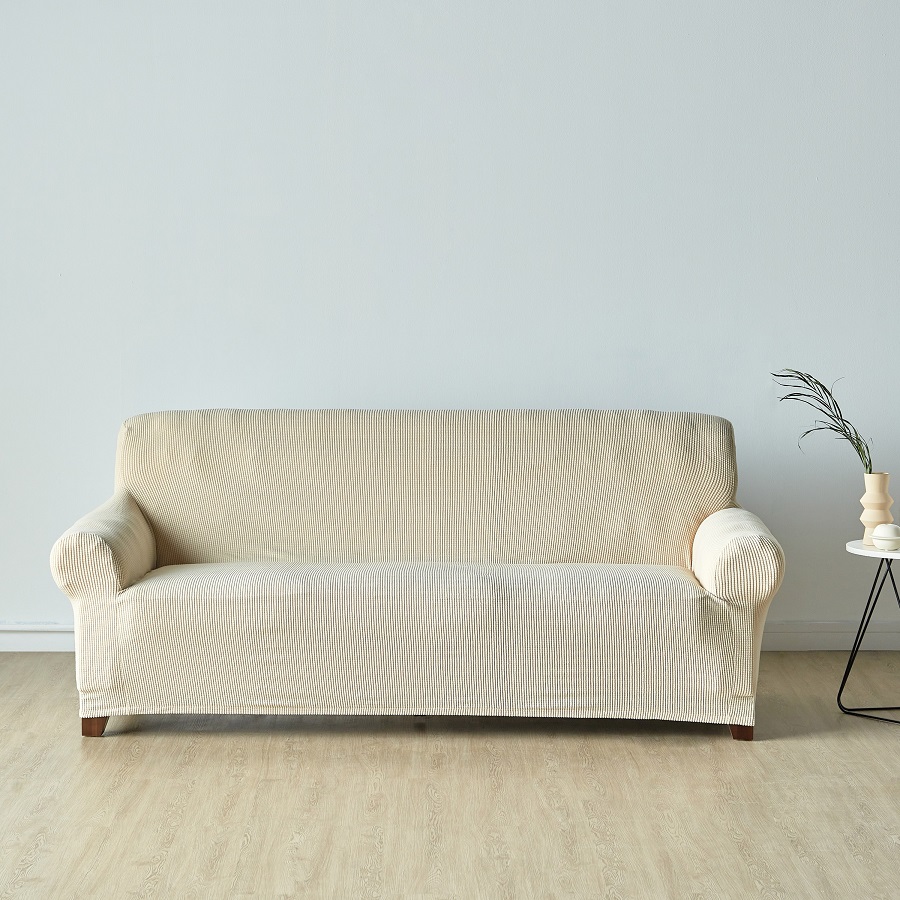
Cleaning and Maintenance
How to Clean Different Types of Sofa Covers
The cleaning requirements for sofa covers vary depending on the material. For cotton covers, machine washing in cold water is usually effective, followed by air drying. Polyester and microfiber covers often require a gentle cycle and can be tumble dried on low heat. For delicate fabrics like velvet or chenille, spot cleaning with a mild detergent is recommended. Always refer to the manufacturer’s care instructions for specific cleaning guidelines. Regular cleaning will help maintain the appearance of the cover and ensure that it continues to protect your sofa effectively.
Tips for Removing Stains
Accidents happen, and knowing how to address stains promptly can prevent them from becoming permanent. For food and beverage spills, blot the area with a clean cloth to absorb as much liquid as possible before applying a suitable stain remover. Avoid rubbing the stain, as this can spread it further. For pet stains, enzymatic cleaners can help break down the organic matter and neutralize odors. Always test any cleaning product on a small, inconspicuous area of the cover before applying it to the stain. Quick action and the right cleaning techniques will help keep your sofa cover looking its best.
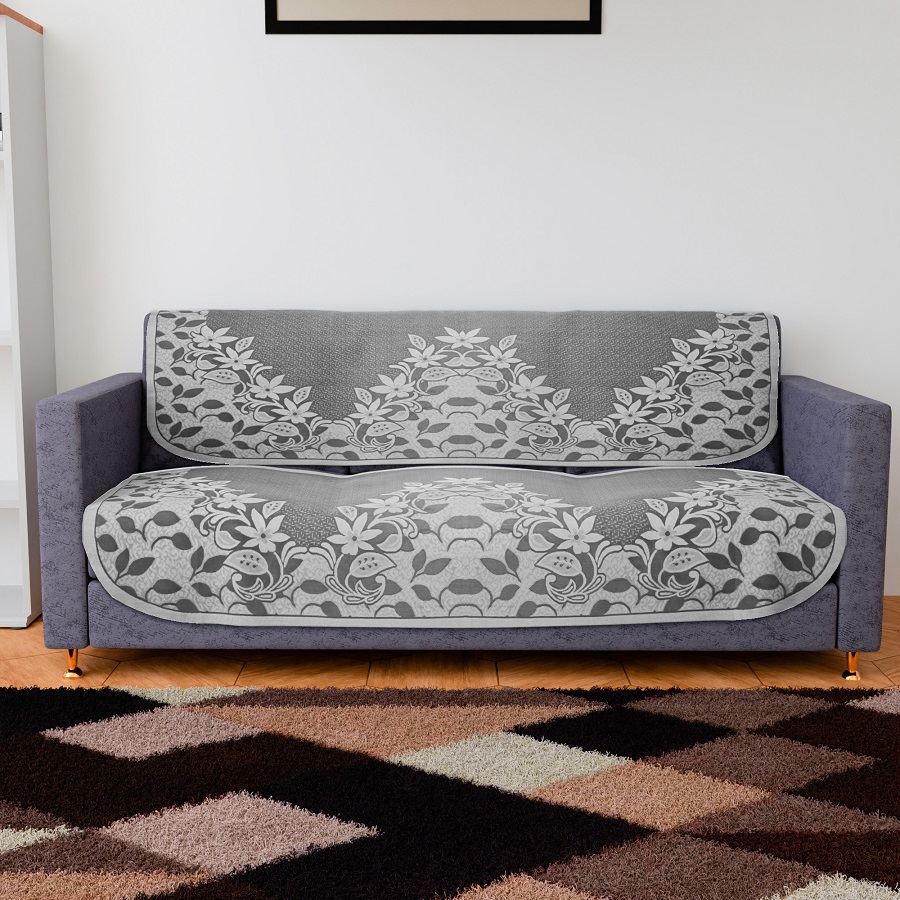
Customizing Your Sofa Cover
Adding Personal Touches
Customizing your sofa cover allows you to tailor it to your personal style and preferences. Many companies offer options for custom colors, patterns, and fabrics, allowing you to match the cover to your home décor. You can also add decorative elements such as throw pillows or matching cushions to complement the cover and enhance the overall look of your sofa. Customizing your cover not only protects your furniture but also allows you to express your personal style and create a cohesive look in your living space.
DIY Customizations
If you’re feeling creative, you can also try DIY customizations for your sofa cover. Adding trim, embroidery, or fabric paint can give your cover a unique touch and make it stand out. However, keep in mind that some DIY alterations may affect the cover’s functionality or cleaning instructions. If you choose to customize your cover yourself, make sure to use materials that are compatible with the fabric of the cover and follow any care guidelines to avoid damage. DIY projects can be a fun way to personalize your sofa cover and make it truly one-of-a-kind.
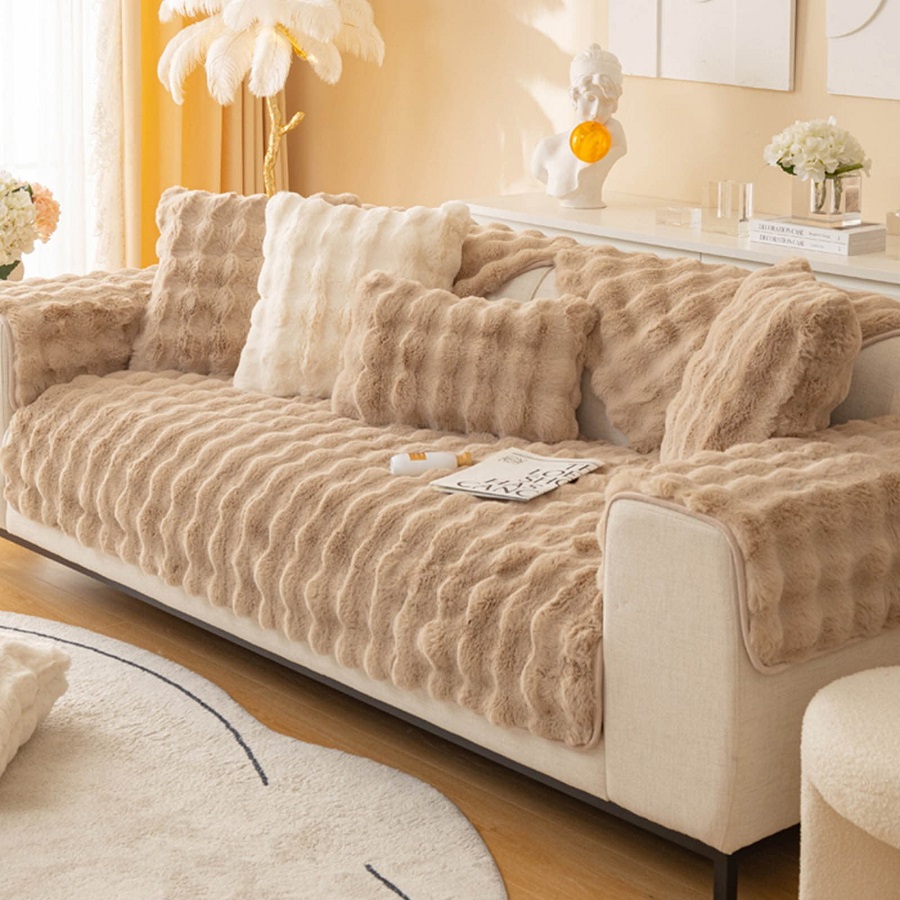
Selecting the Right Color and Pattern
Choosing a Color That Complements Your Space
When choosing a sofa cover, the color is a crucial factor that can enhance or disrupt your room’s aesthetics. Opt for a color that complements your existing décor to create a cohesive look. Neutral colors like beige, gray, or navy are versatile and can blend well with various design schemes. If you want to add a pop of color or create a focal point, consider bold hues or vibrant patterns. Remember to consider the color of your walls, curtains, and other furnishings to ensure a harmonious appearance.
Pattern Choices for Different Styles
Patterns can add personality and character to your sofa cover. Floral patterns are ideal for traditional or vintage settings, while geometric or abstract designs suit modern or contemporary styles. Stripes and checks offer a classic look that works well in casual or country-style interiors. When selecting a pattern, consider how it will interact with other patterns in your room, such as those on rugs or curtains. The right pattern can enhance your room’s visual interest and make your sofa a standout piece.
Conclusion
Making the Right Choice
Choosing the perfect sofa cover involves considering various factors such as material, fit, and design. By understanding the benefits of different types of covers and carefully measuring your sofa, you can select a cover that offers both protection and style. Whether you opt for a slipcover, stretch cover, or a more luxurious option, ensuring the right fit and maintaining the cover with proper care will help keep your sofa in excellent condition.
Investing in Longevity
Ultimately, investing in a high-quality sofa cover is a smart decision that enhances the longevity of your furniture and improves your overall comfort. With the right cover, you can protect your sofa from damage, spills, and stains while adding a fresh look to your living space. By choosing wisely and following maintenance tips, you’ll enjoy the benefits of a well-protected and stylish sofa for years to come.







